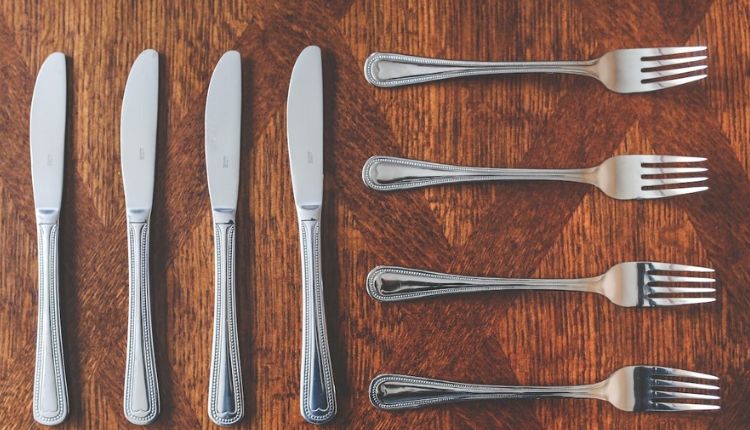
How to Know if Your Flatware Is Really Silver
When hosting dinner parties, do you find yourself searching in the garage, crawl space, basement and attic looking for your best silver flatware?
Often when you locate the flatware in question, you’ll find that it’s tarnished, outdated, missing pieces, and difficult to clean — remember, you can’t simply put silver items in the dishwasher. Do any of these situations sound familiar? If so, you may want to consider selling your silver flatware and replacing it with a set that works better for your lifestyle.
Conversely, if you shop at vintage stores, flea markets and thrift shops, some of the following tips might help you when you’re looking for antiques. You might spot a genuine set of silver flatware that’s perfect for the next family gathering, or as a great gift for a friend who loves silver.
So how would you go about finding the best place to sell silver flatware, and how can you establish if your flatware is worth anything from the comfort of your own home?
1. Look for a Hallmark
To see if your flatware is silver — and not silver-plated or stainless steel — look for a hallmark. Hallmarks are stamps that denote the purity of the silver (like ‘925,’ which means the piece is 92.5% silver) or simply ‘STER.’ Sometimes hallmarks are quite miniscule, so a magnifying glass could help you out here.
2. Use a Magnet
Pick up an earth magnet from your local hardware store. An earth magnet is an incredibly strong magnet. Since precious metals — like silver — are non-magnetic, this will be a good gauge in finding out if your silver flatware is authentic or not.
3. Polish It
Use a soft, light-coloured cloth and gently rub or polish the flatware. If a black residue appears on your cloth, there’s a good chance you have real silver on your hands. This residue doesn’t (usually) form because the silver is dirty; it’s due to a chemical reaction.
4. Use a Magnifying Glass
Take a good look at the silverware in question. If you can see patches of flaking metal with a different-coloured metal underneath, you might unfortunately be dealing with silver-plated flatware, which is much less valuable than pure silver.
5. Use Ice Cubes
Because silver is a high conductor of heat, it will melt an ice cube quicker than if the cube were simply left on a countertop in room temperature. Sit an ice cube in the scoop of a spoon and test its thaw rate. A note: this will only work if the experiment takes place in a warm room — not outside in the cold, or in the freezer itself — as the spoon needs to pull heat from somewhere.
While these tips are good ways to test your silverware at home, going to an authorized financial service that specializes in silver and silver flatware is the best way to get a straight answer.
Here, an expert will draw from years of experience while utilizing machine technology to help determine whether your flatware is true silver, or simply a convincing fake.




